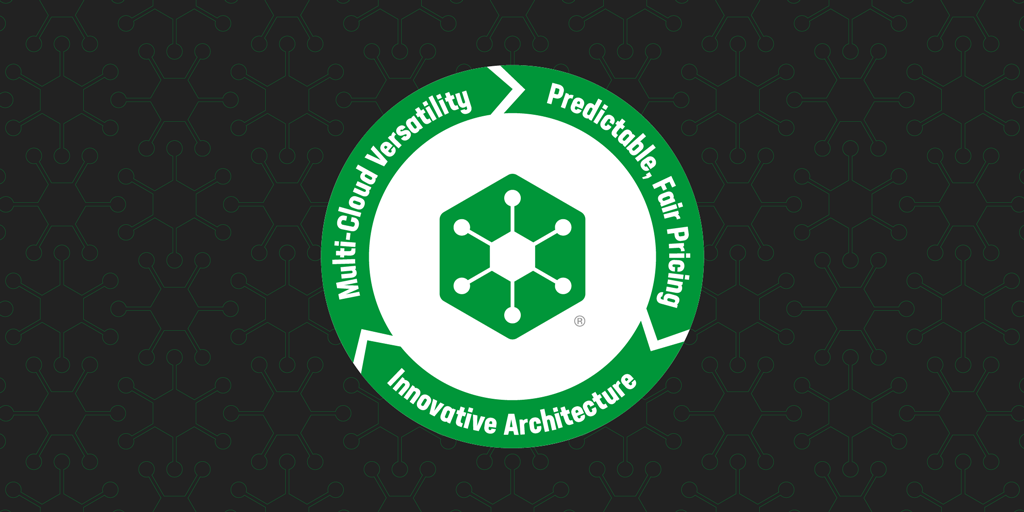NGINX: A Radically Different Approach to API Management
The rise of the API economy has enabled organizations to deliver increasingly responsive and customized experiences, helping them meet consumer expectations, cut costs, and improve their overall efficiency. At the same time, the flexibility and speed that makes APIs so valuable has made API management (APIM) more critical than ever to companies that hope to capitalize on all the potential benefits of APIs. Companies seem to recognize the need for effective APIM, too – according to MarketsandMarket, the APIM market will grow to $5.1 billion by 2023, a 425% increase from 2018’s $1.2 billion.
The Great Promise of APIs
To understand why effective API management is so crucial, consider the advantages that have led to the proliferation of APIs. They help businesses:
- Integrate internal systems to break down silos. APIs enable companies to unlock essential data and assets that are often inaccessible outside of departmental silos.
- Foster and increase collaboration. APIs enable innovation that helps reduce barriers, so developers and other functional teams can collaborate more easily.
- Connect microservices. With the shift towards microservice architectures, APIs are a central part of application modernization as they are the primary mode of communication between microservices.
- Create new digital revenue streams and business ecosystems. Beyond internal efficiency gains, external APIs represent new sources of revenue: API publishers can monetize API access by customers, suppliers, third‑party developers, and partners.
To fully capture this value, organizations need the right API management solution, one that ensures their programs remain both ordered and dynamic.
Going Beyond Traditional API Management
As global connectivity continues to expand – research suggests that by 2025 nearly 30% of the “global datasphere” will be generated in real time – so will the pressure to have infrastructure in place to support it. IT teams are not only struggling to address digital transformation initiatives, but are also expected to implement secure solutions that allow them to leverage an ever‑expanding list of new data sources.
Traditional API management solutions were not designed with today’s containerized and cloud‑native environments in mind. In addition, more sophisticated APIs often require interactions between multiple applications and services, especially if they are in front of multiple microservices, and introduce another layer of concern in the form of increased security risks and exposure of sensitive data.
Unlike traditional API management solutions, the NGINX Controller API Management Module is designed for modern API infrastructure. Let’s examine three of its key differentiators.
Innovative Architecture that Reduces Complexity
Traditional APIM solutions, such as Apigee and IBM Data Connect, were primarily developed for “north‑south” traffic between the API servers located in the data center and the client applications which access APIs from outside it. Typically, these solutions require constant connectivity between the control plane and the data plane during processing and routing of API calls, achieved through the use of third‑party modules, scripts, and local databases. This translates into significant overhead to process a single request – and the requirements become even more complex with when processing “east‑west” traffic among the services that make up a distributed application.
The NGINX APIM solution leverages a unique architecture that decouples the data plane (NGINX Plus) and the control plane (the API Management Module), isolating API runtime traffic from API management traffic. In other words, the data plane does not rely on runtime connectivity to the control plane to process and route calls; the footprint and the complexity of the gateway are minimized, which maximizes performance. For example, using NGINX as its API gateway, CapitalOne was able to decommission three commercial gateways and still process 12 billion requests a day at incredibly low latencies – as little as 10 milliseconds.
Multi-Cloud Versatility
The way applications are developed is fundamentally changing, giving rise to the hybrid cloud as companies need their on‑premises private cloud systems to connect with resources in the public cloud. According to research, 87% of enterprises have already deployed multi‑cloud architectures. The NGINX Controller API Management Module is compatible with any environment – containers, virtual machines, and public, private, and hybrid clouds. This flexibility means gateways can be deployed closer to the application environment and the control plane can be deployed wherever it’s most convenient for the teams that manage the APIs.
Avoiding cloud lock‑in by implementing the same APIM solution across every environment mitigates the risk of outages, consolidates control, and provides consistent performance and stability. This helps reduce unforeseen issues that can occur when you’re forced to depend on a cloud vendor’s out-of-box load balancing and traffic management capabilities.
Predictable, Fair Pricing
Cost is always a major factor when it comes to evaluating any technology solution. Almost all APIM solutions base pricing on consumption, either counting the number of API calls or having you preselect a service tier. Many of these models restrict you with a preset number of licenses, gateways, or even APIs. There may also be separate charges incurred for data transfer, caching, and monitoring.
NGINX uses a unique pricing model that offers:
- Pricing based on the number of successful API calls processed
- An unlimited number of discrete APIs and API gateways
- An unlimited number of administrator seats
NGINX offers cost savings – not only with lower licensing costs but also by reducing infrastructure requirements that contribute to the higher costs of using proprietary software and appliances.
Reimagine API Management with NGINX
Companies now rely on applications in many different locations – and because APIs are how these applications communicate, companies must be prepared to manage APIs as they become more decentralized. As a result, modern APIM solutions require a smaller footprint, simple deployment, and the ability to integrate management capabilities wherever they are needed.
NGINX delivers a lightweight, high‑performance APIM solution that empowers teams to manage, distribute, and secure all APIs wherever they are. NGINX provides a simplified API gateway and management architecture that saves time, effort, and cost compared to traditional solutions.
Source: nginx







